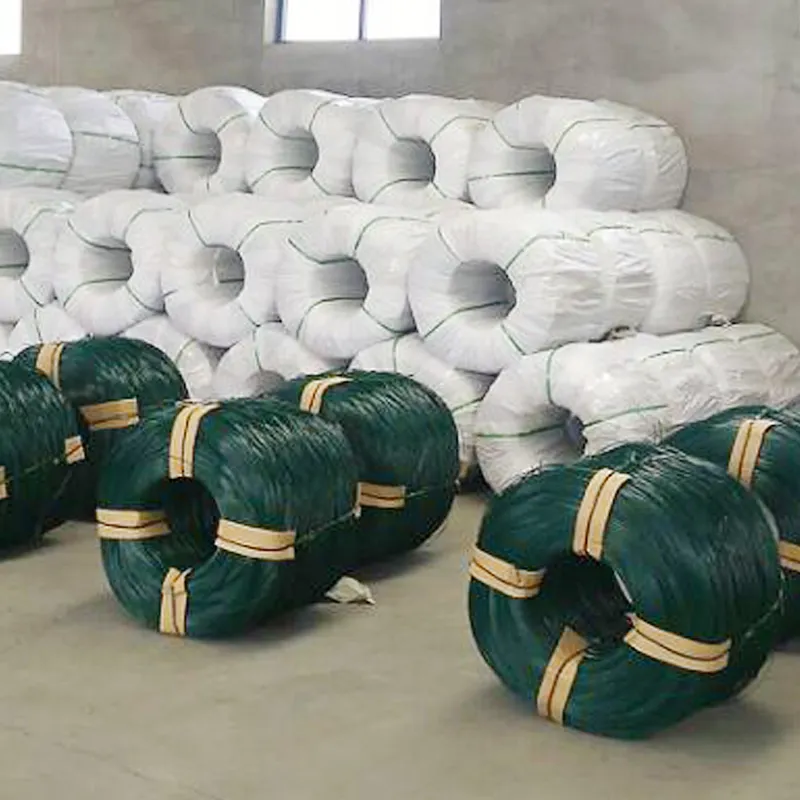Understanding Aluminum Sheets with Holes Applications, Benefits, and Design Considerations
Aluminum sheets with holes have become increasingly popular in various industries due to their unique properties and versatility. This article explores the significance of these perforated sheets, their applications, benefits, and essential design considerations.
What Are Aluminum Sheets with Holes?
Aluminum sheets with holes, also known as perforated aluminum sheets, are flat sheets of aluminum that have been punched or drilled with a series of holes. These holes can vary in size, shape, and spacing, allowing for a wide range of customization. The process of perforation not only creates aesthetically pleasing patterns but also enhances the functionality of the aluminum sheets.
Applications of Aluminum Sheets with Holes
1. Architectural Design Perforated aluminum sheets are commonly used in building facades, ceilings, and interior partitions. They provide both visual interest and functional benefits, such as allowing natural light to filter while maintaining privacy.
2. Industrial Applications In manufacturing and construction, these sheets are often used for safety barriers, grating, and walkways. Their lightweight yet durable nature makes them ideal for creating structures that need to withstand heavy loads.
3. Filtration and Ventilation The holes in the aluminum sheets facilitate air and fluid flow, making them perfect for use in HVAC systems, air filters, and drainage systems. Their ability to withstand varying temperatures and conditions is crucial in these applications.
4. Decorative Elements From furniture design to art installations, perforated aluminum sheets are frequently utilized for decorative purposes. Designers appreciate the ability to create intricate patterns that serve both aesthetic and functional roles.
5. Automotive and Aerospace In the transportation industry, lightweight materials are paramount. Perforated aluminum sheets are used for inner panels, noise reduction, and even heat dissipation in vehicles and aircraft.
Benefits of Using Perforated Aluminum Sheets
- Lightweight Aluminum is a lightweight metal, which makes it easier to handle and install
. This is particularly advantageous in construction and manufacturing, where reducing weight can lead to lower transportation and labor costs.aluminum sheet with holes

- Corrosion Resistance Aluminum naturally forms a protective oxide layer, making it resistant to corrosion. This property ensures longevity, especially in harsh environments where exposure to moisture and chemicals may be prevalent.
- Customizability The ability to customize hole size, shape, and spacing allows designers and engineers to achieve specific aesthetic and functional requirements. This flexibility makes perforated aluminum sheets suitable for a wide range of applications.
- Eco-Friendly Aluminum is highly recyclable, and the use of perforated sheets can contribute to sustainable building practices. Recycling aluminum saves energy and reduces carbon emissions, making it a more environmentally friendly choice.
- Ease of Maintenance Perforated aluminum sheets are easy to clean and maintain. Their smooth surface can be wiped down without the risk of damage, making them suitable for environments that require high hygiene standards, such as food production facilities.
Design Considerations
When designing with perforated aluminum sheets, several factors should be taken into account
1. Hole Size and Pattern The size, shape, and arrangement of holes will significantly impact both the aesthetic appeal and functionality of the sheet. Designers must consider the intended use and visual impact when selecting these parameters.
2. Material Thickness Thicker sheets offer increased strength but may limit the size and spacing of holes. Conversely, thinner sheets may be more easily perforated but could compromise durability. A balance must be struck between weight, strength, and functionality.
3. Finish and Coatings The surface finish of aluminum sheets can affect their performance and appearance. Options include anodizing, powder coating, or painting, which can enhance corrosion resistance and provide various color choices.
4. Load-Bearing Capacity For structural applications, it is essential to evaluate the load-bearing capacity of the perforated aluminum sheets. Proper engineering and testing should ensure that the sheets can withstand the intended loads without compromising safety or integrity.
Conclusion
Aluminum sheets with holes serve a myriad of applications across industries, from architectural designs to industrial solutions. Their benefits—lightweight construction, corrosion resistance, and ease of customization—make them an ideal choice for many projects. By understanding the various applications and design considerations, professionals can maximize the potential of these versatile materials, contributing to innovative and sustainable solutions.

















